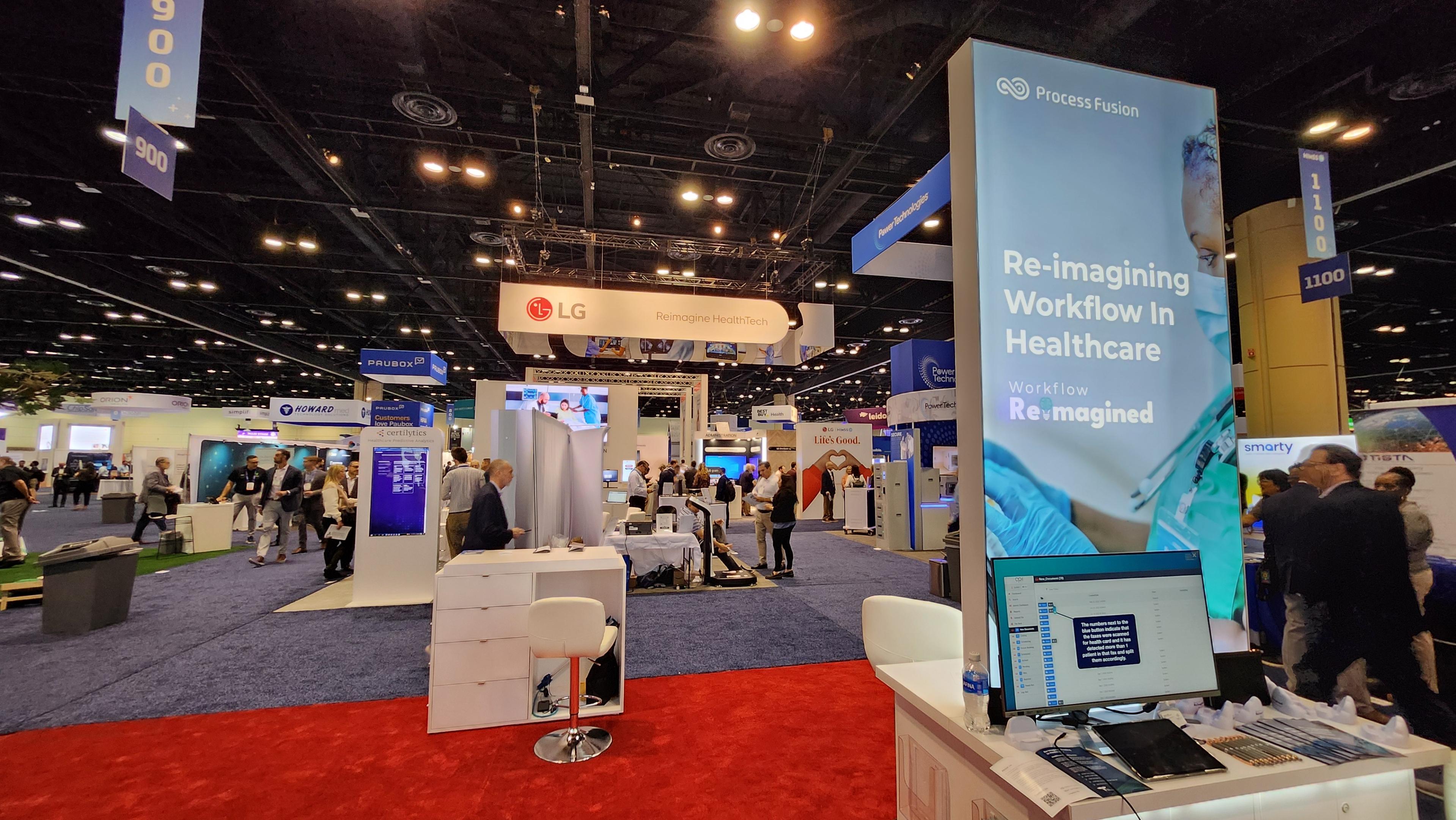
Patient referrals are the primary ways of directing patients to specialized care. Inefficient management of these referrals leads to many problems not just for patients, but also for payers and health systems.
Despite being a critical component of the revenue stream, referral management is often overlooked by healthcare systems. Every year, health systems, on average, lose from 55% to 65% of revenue to referral leakages. These losses affect the disrupt the system’s efforts to acquire equipment and provide timely treatment to its patients.
Furthermore, the absence of an efficient referral management system forces health systems to spend nearly $250 billion for processing 30 billion healthcare transactions annually. Out of these 30 billion transactions, 15 billion are spent on faxes, making billions of valuable revenue go to waste.
To avert the wastage of resources, many health systems have started to adopt E-Referral management systems. E-Referral management solutions have been known to streamline referrals using advanced technological features, outperforming existing systems.
In this article, we will examine key challenges faced by current health systems and explain everything you need to know about E-Referral management systems.
What Are E-Referral Management Systems?
Electronic referrals or e-referrals are electronic platforms that allow seamless transfer of patient information from the primary health provider to secondary providers. These digital systems are the digitized version of paper-based referrals used in traditional referral management systems.
An E-Referral management system has great potential for streamlining information sharing and communication between practitioners. These systems eliminate the operational inefficiencies between providers, ensuring timely treatment for patients while minimizing losses caused by leakages.
Key Challenges Caused by Inefficient Referral Management
The main goal of E-Referral management systems is to enhance the quality of patient care while increasing transparency and streamlining existing processes in health systems.
Health systems that still use traditional referral management systems suffer from considerable communication gaps between specialists and care providers. All of these factors lead to problems, such as clinical, operational inefficiency, broken referral loops, and poor care coordination, directly affecting the quality of care patients receive.
Despite that, many health systems are slow to adopt available technologies and end up creating further obstacles in the patient care continuum. Here are some of the biggest challenges caused by inefficient referral management systems.
1-Referral Errors
Referral errors are one of the greatest issues caused by inefficient referral management systems. These errors can have grave consequences for the patients involved. According to one research published in 2018, medical errors have become the third leading cause of death in the U.S with estimated fatalities being as high as 440,000.
2-Documentation
Many times, physicians miss valuable patient information due to a lack of coordination between providers. It’s also common for referral systems to miss findings and vital symptoms from initial tests while sending the referral order; something that leads to health complications that should have been avoided.
3-Follow-ups
Several primary care practices fail to follow-up after referring a patient to a specialist. Unsurprisingly, studies from The Archives of Internal Medicine, have found that only 50% of these referrals resulted in a completed appointment.
4-Delays
Traditional referral management systems are racked with inefficient processes that cause delays. Patients have to wait between the period where the referral is sent and the completion of the appointment. It’s common for patients to get frustrated with the scheduling process, causing them to cancel referrals due to extended delays.
Referral Management: 5 Reasons to Automate Your Healthcare Processes
How E-Referral Management System Improves Care Coordination
The majority of challenges faced by health systems and specialists arise from a lack of coordination after a referral. An E-Referral management system acts as a bridge for communication and provides patients with a well-rounded and positive experience.
Since the system uses an automated system, physicians, health systems, and specialists no longer have to worry about referrals being lost. The management system uses a uniform network to connect all primary care providers with specialists.
With the help of the electronically-connected system, specialists can develop a network of care collaboration. This means that all parties involved are responsible for the well-being and timely care of mutual patients.
Using the system, primary health providers can provide quality care to patients while minimizing manual processes. In return for quality care, these providers earn reimbursements, as well as the trust of their patients.
Furthermore, all the information related to referrals is stored digitally. PCPs, send this information through secure electronic notifications, allowing them to share information transparently with specialists. The direct connection with specialists not only prevents any loss of information but also makes it easier for PCPs to track referrals.
An intelligent E-Referral Management system closes the loop on all referrals, allowing PCPs to monitor each request from its inception to completion. With fewer wait times for specialty clinic visits, a health system can also perform follow-ups on each of their referrals.
Key Features in E-Referral Management System
Most hospitals currently rely on various types of EMRs to handle medical processes. However, these systems often lack the features to manage end-to-end referral processes. To fully benefit from an E-Referral management system, your solution must have the following key features:
1. Intuitive Usage
Primary care providers and related are often overworked and overburdened. This is why E-Referral solutions must be intuitive to use. It’s better to have a solution with fewer features than a system with countless features that is too complicated for users.
2. Manageable Work Lists
One of the primary goals of E-Referral solutions is to optimize existing workflows. Manageable work lists enable users to automatically create and organize referrals into queues based on their relevant department and status in the referral cycle.
3. Secure Messaging
Medical information is extremely confidential and needs to be compliant with HIPAA regulations. At the same time, it is equally necessary for managers to have the option to send medical information for referrals that need immediate attention. This is why it’s necessary for these solutions to provide features such as secure messaging.
4. Patient Follow-Up
Patient Follow Up is a critical component of the referral cycle. It helps health systems to verify whether a referral request has been completed or not and is essential for closing the loop on referrals. Any E-Referral management system is incomplete without patient follow-up.
5. Automated Data Capture
In terms of revenue collection, automated charge capture is perhaps the most important feature of any E-Referral management solution. This feature powers most of the automation related to referral management, as it allows the system to assess referral activity in depth.
Why Should Your Organization Use E-Referral Management System?
E-Referral Management systems optimize the workflow for any organization that relies on external health networks for patient care. However, these solutions are crucial in situations where both referring and receiving providers are using different EHRs/EMRs.
An intelligent E-Referral solution can help users to minimize operational costs, increase revenue, reduce no-shows, and coordinate medical data more effectively. By leveraging this technology, health systems can provide value-based care for patients and improve patient outcomes.







